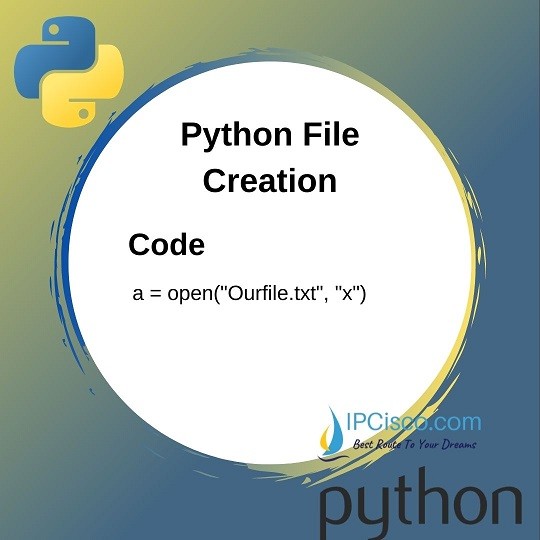
Particular, have two distinct representations. Many values, such as numbers or structures like lists andĭictionaries, have the same representation using either function. Representation for human consumption, str() will return the same value as For objects which don’t have a particular Which can be read by the interpreter (or will force a Synta圎rror if The str() function is meant to return representations of values which areįairly human-readable, while repr() is meant to generate representations Variables for debugging purposes, you can convert any value to a string with When you don’t need fancy output but just want a quick display of some String type has some methods that perform useful operations for padding format ( yes_votes, percentage ) ' 42572654 YES votes 49.67%'įinally, you can do all the string handling yourself by using string slicing andĬoncatenation operations to create any layout you can imagine. This is displayed before opening the file in read-only mode.Īfter that, the file is opened again in write-only mode and write() method is used for adding new text.> yes_votes = 42_572_654 > no_votes = 43_132_495 > percentage = yes_votes / ( yes_votes + no_votes ) > ' '. That means, existing text will be removed.įor demonstrating that, the content in the “readme.txt” file initially is “Hello World Python”. This enables us writing in a text file, however, the text file will be truncated as using this value. In the open() function, the ‘w’ parameter is given for the mode argument.

The following example shows using the Python write() method after creating a file object. The example of write to file by write() method

Finally, the close() function is used for closing the file.The print function displayed the content of the file.The file content is read by using the Python read() method of open() function.The mode parameter is ‘r’, that means open the file in read-only mode.

In the open() function, the relative path is given for readme.txt file.First of all, the file object is created and open() function is used.The following things should be noted in the program: The readme.txt file is placed at the same location where Python source file is placed: The text of the readme.txt file is displayed on the screen. In this example, a text file is opened in read-only mode by using the ‘r’ value for the mode parameter in Python open() file function. The following values can be used: \n, \r, \r\n, None and ‘’.Īn example of reading a file by read method of open() function newline – This parameter applies to text-mode only and used to specify the universal newlines.So, if not provided, the default buffering policy is applied. For switching off the buffering in binary mode, use the 0 value. buffering – Set the buffering off or on by using an Integer value.The detailed list of modes is given in the last section. For opening a file in write mode for appending text, use the ‘a’ value. If you require writing to a text file, then use ‘w’ mode. For example, ‘r’ (the default) value opens a file in reading mode for text files. mode – This is where you will specify the purpose of opening a file.If file cannot be opened an error occurs (OSError). file – The file parameter specifies the relative path to the current working directory or absolute path of the file that you want to open and perform some operation.The parameters of the open function are explained below: Open(file, mode=’r’, buffering=-1, encoding=None, errors=None, newline=None) The syntax of using the open() function is:
Python open readwrite how to#
In this tutorial, I will show you how to open a file, read the content of a file, write to file and other related things related to file operations. The Python open() function is used to open the specified file where you may perform reading, writing and other operations.

In order to perform input/output (I/O) operations in files, you have to open a file.


 0 kommentar(er)
0 kommentar(er)
